Recently, some netizens questioned the lack of aesthetic feeling or even discomfort in the illustrations of primary school mathematics textbooks, and public opinion quickly fermented. On May 28, the people's Education Society responded that it would start rectification to ensure that the new teaching materials would be used on time when the school started in the autumn of 2022. In the eyes of professional publishers, this time has been quite tense. In fact, behind the storm of public opinion, there was a time when the art level of Chinese compulsory education textbooks was very high. Since then, after various changes, including marketization, in the circle of art practitioners, children's publication illustrators have fallen into the "bottom of the food chain", with low remuneration and low threshold, which has almost become a synonym for being out of fashion.
Reporter / Qiu Xing
Editor / wanghaiyan
The aesthetics of textbook illustrations
After the illustrations of the new mathematics textbook of the people's Education Society triggered discussion on the Internet, an Xiaoyi's wechat group "fried the pot". Some people were surprised at the quality of the illustrations, and some said they wanted to do something for the children. An Xiaoyi is a senior independent children's illustrator who mainly cooperates with some children's publishing houses. There are hundreds of people in the wechat group of wok, all of whom are colleagues of an Xiaoyi. Their opinions are similar to those of ordinary people on the Internet. "These illustrations are not beautiful, or even ugly.".

People's Education Edition fourth grade volume II mathematics textbook cover
The controversial textbook belongs to the 11th set of primary and secondary school textbooks published by the people's education press. It was revised and compiled according to the compulsory education curriculum standard issued by the Ministry of education in 2011, and was used in many places across the country 10 years ago. In an Xiaoyi's opinion, "even if the art evaluation is relatively subjective, the artistic creation can also be appropriately exaggerated, but the illustrations in the textbook of the people's education society still do not conform to the basic public aesthetics." According to an Xiaoyi, the traditional figure painting stresses "three courtyards and five eyes", that is, the upper courtyards from the hairline to the eyebrow bone, the middle courtyards from the eyebrow bone to the bottom of the nose, and the lower courtyards from the bottom of the nose to the lower jaw should be divided into three equal parts vertically; Horizontally, the hairline from the left to the right should be 5 eyes long in the unit of the length of one eye, and the beauty should be one eye between the two eyes.
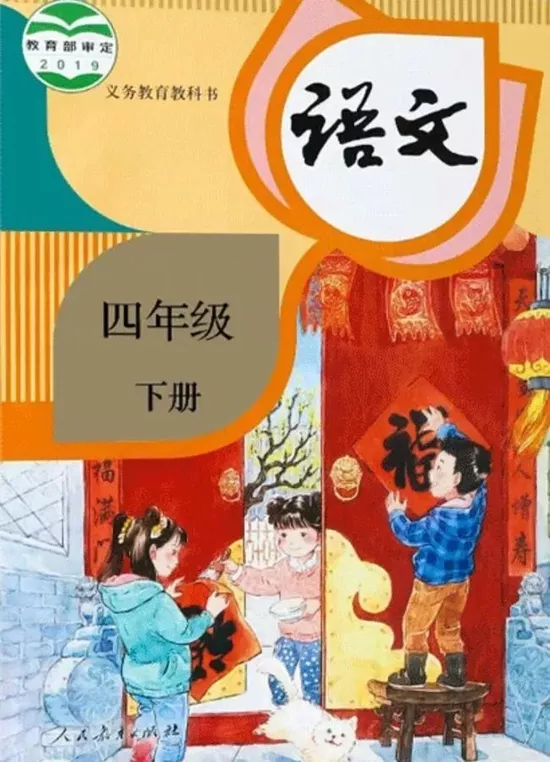
On the cover of the second volume of the fourth grade Chinese textbook of the people's Education Edition, the characters are obviously more beautiful
Generally speaking, when drawing children's characters, it is necessary to enlarge the upper court, narrow the atrium and lower court according to the characteristics of children, so that the characters look young and lovely. However, in the opinion of an Xiaoyi, the characters in the controversial PEP textbook are "acting in the opposite way": the court is very short, and the atrium is excessively elongated - this drawing method is generally used to draw adults with certain personality defects; In addition, the eyes of the figures in the illustrations are realistic, but the eye distance is too wide, which makes the overall proportion look aesthetic.
Including the features of high eyebrows, wide eye distance, high hairline and large mouth of the characters depicted in the textbook, which also do not conform to the features of children's faces. As for the images of drooping eyelids, large whites of eyes, strange tongue, etc., they are far from the mental state that children of this age should have.

Illustration of mathematics textbook of people's Education Edition, the proportion of characters' faces is unbalanced and strange
Although Li Xue is also an illustrator and her son is in the fourth grade of primary school, she has never paid attention to the illustrations of her child's teaching materials before. These days, she picked up a math textbook and carefully identified the illustrations in the book for the first time. From a professional point of view, she believes that the characters in the book are basically drawn and colored with computer software. They are mainly modeled with pen lines, which are broken, curved and mixed, unlike the style preferred by the younger generation of painters. At the same time, from the perspective of character action drawing, Li Xue believes that the painter has certain basic skills, but the overall quality of character modeling is low and the strokes are not exquisite.
Jiang Chu is an art publisher. When he worked in a children's magazine in 2006, he compared the primary school textbooks of various countries and found that the textbooks of European and American countries tend to use realistic photos rather than illustrations; The mainstream textbooks in Japan have many illustrations and follow the affinity route. They will imitate the painting style of children at all stages, so that children can think that the textbooks are drawn by themselves; Recently, a Taiwan textbook circulated on the Internet has a full sense of creativity and artistry, which is "too much" in Jiang Chu's eyes. In his opinion, the product positioning of the textbook is a reference book used by children at a certain stage, not a collection. The most important content is the knowledge itself. The illustration should play a clear plane visual guidance function, so that children can absorb knowledge efficiently and quickly. The artistic level is not the most important, "Too much emphasis on visual design leads to too low information rate of the layout, which is also inappropriate."
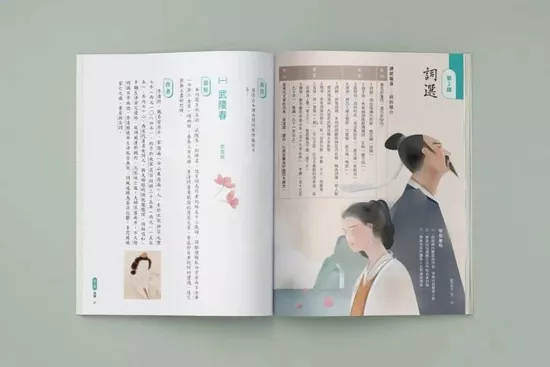
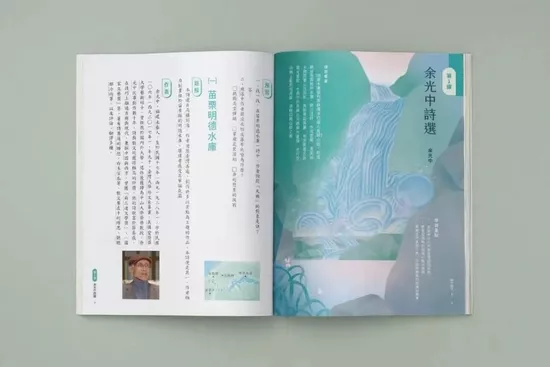
Middle school Chinese textbook inner page designed by an educational institution in Taiwan
However, although he thinks that the illustrations of teaching materials only need to have a relatively balanced artistic level, and the visual design of teaching materials around the world is not particularly artistic, Jiang Chu still thinks that the illustrations of mathematics books in this edition of PEP teaching materials are "really ugly". As for other problems mentioned by netizens, illustrators have no way to judge and need to be investigated by relevant departments.
Review process of children's illustration
Why can illustrations be published and spread in the market so that they do not conform to the public's aesthetic standards? Jiang Chu has been engaged in the publishing industry for nearly 20 years, but he can not fully understand the process.
Jiang Chu told us that over the years, the public institution Publishing House represented by the people's education society has been "isolated" from the operation of his publishing house for the commercial public. Commercial publishing houses usually edit and review after public bidding. The quality is good, and the market feedback is very fast.
Li Xue's design company has the experience of cooperating with commercial publishing houses in the illustration of children's publications. She mentioned that each time she participated in the bidding of publishing houses, she had to provide three different styles of clothing, gestures and environment, and bid with at least two competing product companies. After the cooperation is confirmed, the editors of the publishing house will discuss the running in process with the design team. The short cycle is more than one month, and the long cycle is half a year. In this process, the editor will first send the text of the whole book and the text requirements of each illustration, which are generally specific to the number, shape and action of the characters, such as "a girl with a pigtail is skipping rope". During the painter's creation process, the art editor and the responsible editor will give feedback and repeatedly run in each round of advance of the sketch, line draft and coloring draft. After the completion of the creative process, the sample book will be reviewed and proofread within the publishing house.
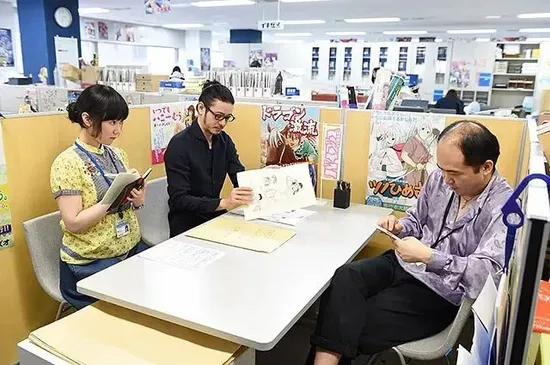
Reprint Stills
Chenglingling worked as a children's book editor in a commercial children's publishing house. She said that generally, publishing houses have their own quality inspection system. The pre review is reviewed by editors or responsible editors, and then pre proofread; In the second instance, editors with deputy senior titles or external audit experts control the professional content; The final review link needs to control the overall style and safety of books. The first and second proofreading of the "three proofreading" link shall be carried out by the Publishing House Department, and the third proofreading shall be handed over to an external proofreading company.
Chenglingling said that during the production of children's books, the publishing community invited experts in this field to participate in the creation and review of knowledge books, such as museums and psychological growth books. In addition to the accuracy of knowledge, the children's book also requires to avoid the use of online language, the content is healthy and upward, and the content that exposes private parts or scrapes the edge cannot be approved; Illustrations involving national flags, maps and other contents need to be selected for special review procedures.
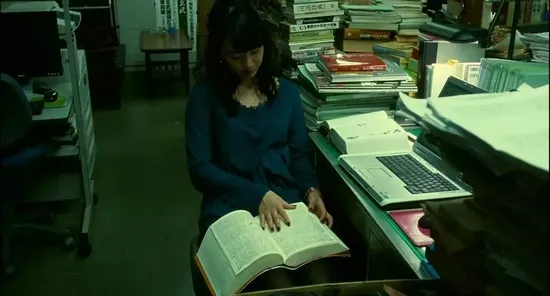
Stills of the story of editing boats
An Xiaoyi, the illustrator mentioned above, is good at drawing composition magazines, children's fables and other topics. For such illustrations, the publishing house's review standards are mostly based on factual verification, such as whether the number of toes of animals is correct, whether the direction of hands and feet of people is drawn in the opposite direction, the clothing of people in different dynasties, the specifications of cars and horses, etc. "the requirements that the national flag or map should not be drawn wrong, and the content of sexual violence should not be displayed are 'the most basic'.".
However, according to Jiang Chu's understanding of the whole publishing industry, public institutions such as the people's education society and local education publishing houses are different from commercial publishing houses. They have a monopoly on the production of unified publications such as textbooks. They have special funds issued by the state. They do not need to consider the market and sales, nor do they have an open bidding process and public feedback channels. For outsiders, the process of textbook completion has become a black box, "The person in charge is often 'both an athlete and a referee'."
In the art circle, the painting items of teaching materials are often internal digestion, which is also the hidden rule that painters "know everything". Li Bin is also an independent illustrator. He has worked for 10 years. His painting style is childlike and healing. In his early years, he contributed to many head magazines and published his own picture books. He said that even if they are excellent painters who have cooperated with commercial companies for a long time, they hardly have any channels to participate in the illustration work of teaching materials. At most, they have access to teaching aids. "In the market, we do not lack excellent painters, but we lack a transparent channel."
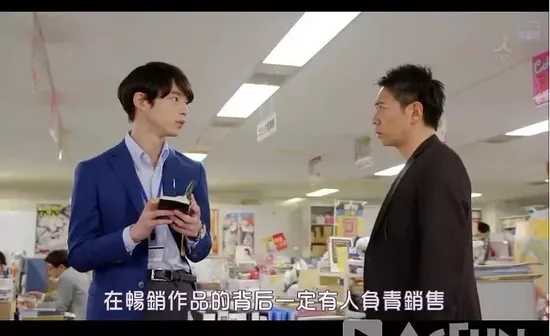
In addition, according to Li Bin, an unwritten "secret" in the circle is that the faculty succession system in the Academy of fine arts is very strong. When receiving painting resources, some university art teachers often allocate tasks to university students, including teaching materials.
The awkward position of children's illustration
In response to the criticism of textbook illustrations, on May 28, the Ministry of education responded that it had instructed the people's education publishing house to immediately rectify and reorganize professional forces to draw textbook illustrations. The people's education society immediately responded that it would start relevant work and make comprehensive rectification before September 1 this year, so as to ensure the timely use of new textbooks in the autumn semester of 2022. In accordance with relevant regulations and procedures, excellent design teams were re selected nationwide to draw and replace all illustrations in the complete set of primary school mathematics textbooks.
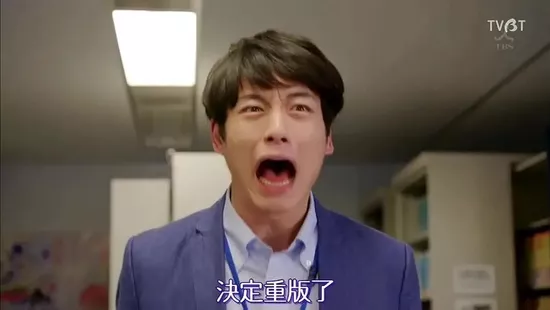
Jiang Chu calculated that the time was quite tight, because there was only three months left until September, and a set of textbooks had a huge amount of illustrations. Jiang Chu believes that the real solution lies in the openness and transparency of the publishing process. What kind of manuscript should be used? Who will draw? How to organize contributions? Who will organize the draft? Is there a set of open and fixed standards for audit? "If there is still no public bidding and other actions, how can we ensure that the next set of textbooks will be better than the previous one?"
Painters have more appeals. As a painter as well as a parent, Li Xue feels that the illustrations in children's textbooks should be a combination of education and aesthetics. She told us that the early Chinese compulsory education textbooks actually had a very high artistic level - the illustration style of the old textbooks originated from the aesthetic school of the Soviet Union, that is, a realistic style of materialism, socialism, praising the workers, praising the public, and optimism, which is simple and concise. These illustrations, which are now the collective memories of a generation, were painted by artists of liuhaitang, jiangzhaohe, JinShangYi, wangweizhen, Xubeihong and other generations. Li Xue said that these artists are "those who draw comic books". They are paid to draw illustrations under the background of public ownership. They are exquisite in character modeling and have a high ability to control the layout of large scenes. Their artistic attainments are very profound.
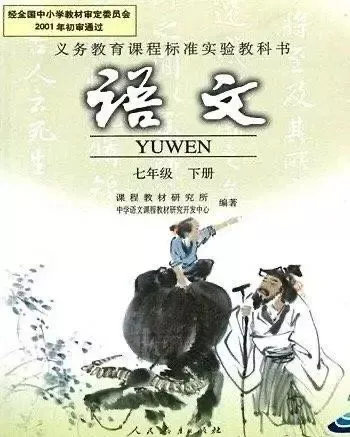
The second volume of the seventh grade Chinese textbook published by the people's education press in 2001
But then, as the art industry entered the market, more than a decade ago, the overall development of the illustration industry became sluggish. Li Xue said that this is because illustrations are often linked to publicity, education and public welfare, with low remuneration and low threshold. They are not respected and valued by people, and they are also required by all parties. Therefore, not only many old artists with profound artistic attainments have left this industry, but even in the whole circle of art practitioners, drawing illustrations, especially illustrations of children's publications, has become "the bottom of the food chain" and almost a synonym for being out of class, "you will feel that it is too easy to draw a few villains."
Until the last decade, the development of mobile Internet has increased people's demand for beauty. Especially in the game industry, a painter who draws an illustration can be paid up to hundreds of thousands to hundreds of thousands of yuan. Therefore, the illustration industry began to attract more excellent young people.
But at the same time, the situation of illustrations in children's publications has not improved. According to Li Bin's observation, the price of illustrations for children, education and teaching aids has been kept at the bottom, and the remuneration has not changed for more than ten years - the lowest is only a dozen yuan. In the circle, such projects with low remuneration are often practiced by new entrants, while high-level painters often seek cooperation opportunities with high remuneration projects such as game companies, advertising companies and Biyuan.
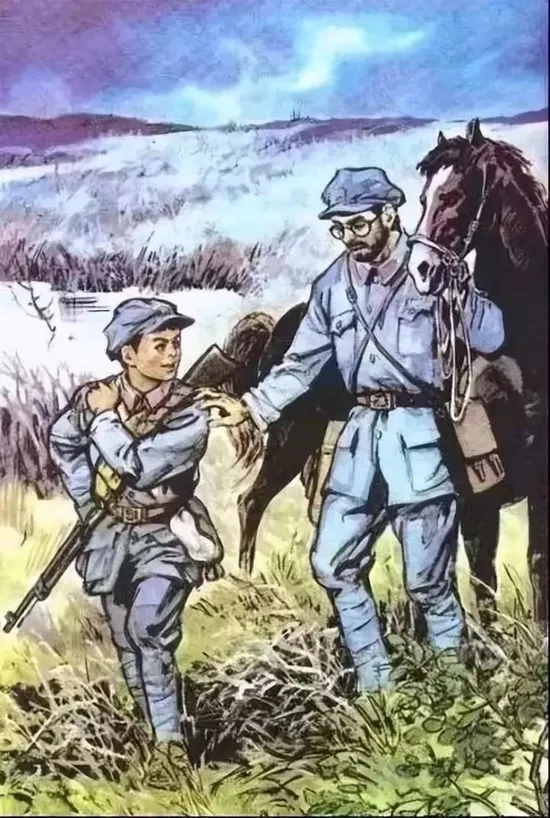
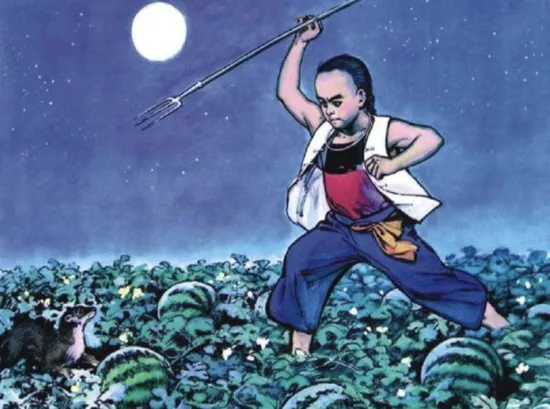
"Stubborn little red army" and "young leap land" by Mr. wangweizhen
An Xiaoyi has always insisted on doing children's illustrations, but she also said that she is "using love to generate electricity", because the remuneration for a painting is only tens to hundreds of yuan. Although the price is low, an Xiaoyi said that in an excellent "child illustration", the painter spent no less effort than the commercial illustration. Compared with pure commercial illustration, "Er Cha" has bright and rich colors, round and cute shapes, and positive and healthy themes. In order to express innocent childlike interest, imagination and humor need to be properly added. The content of literature needs freehand brushwork, while the knowledge and historical subjects need rigorous painting style and strict textual research materials when drawing.
Li Bin also mentioned that at present, children's illustration is in an awkward position - the entry threshold is very low, but it is not easy to draw well, and the market works are mixed. He said that in today's anxious social environment, few people realize that children's understanding and perception of beauty need to be valued. "This textbook event just reminds us that it is time to pay attention to the rooting and germination of art in the world of children."
(Li Xue, Jiang Chu and chenglingling are pseudonyms.)